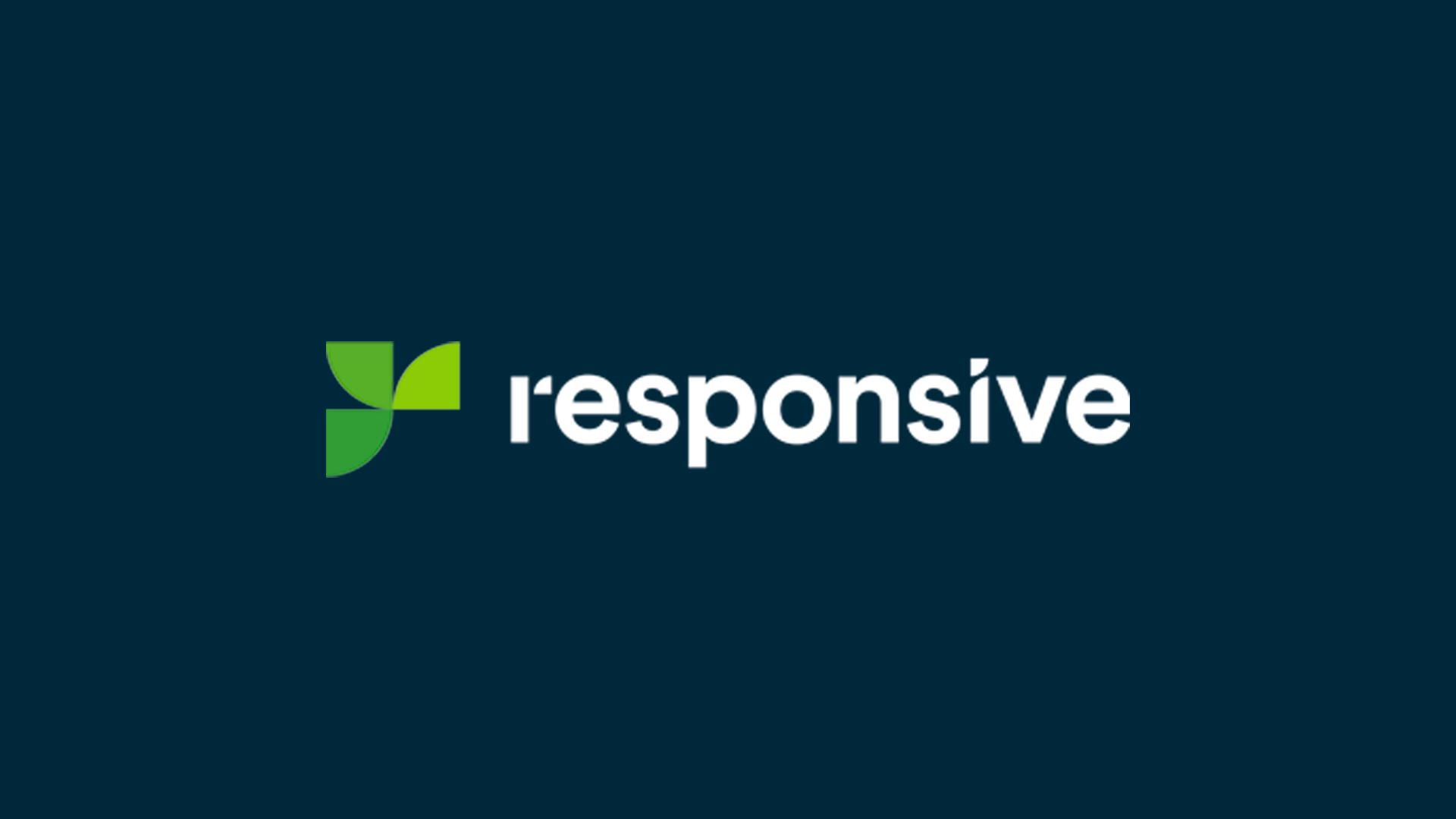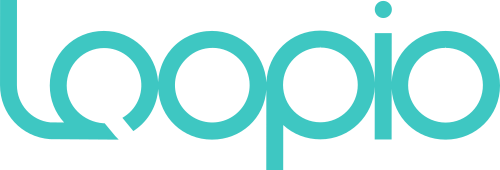RFP
An RFP, or Request for Proposal, is a document that organizations and businesses use to formally request for products or services from potential vendors. This type of proposal aims to establish a contract between the two parties involved: the buyer and the supplier. To better understand this essential business tool, it’s crucial to delve deeper into its meaning, purpose, and to understand RFP vs. RFQ (Request for Quotation).
The RFP meaning can be broken down into several components. Essentially, an RFP is a solicitation issued by an organization looking to procure goods or services. It outlines the project’s requirements, specifications, and evaluation criteria in order to facilitate a competitive bidding process among various suppliers. The primary objective of an RFP is to identify qualified vendors who can satisfy the organization’s needs within an established budget and timeframe.
One common point of confusion when discussing RFPs is their differentiation from RFQs (Request for Quotation). Although both documents serve as procurement tools for organizations seeking goods or services from external suppliers, there are key differences between them.
An RFQ is typically more focused on obtaining specific pricing information for well-defined products or services. Organizations issue RFQs when they have a clear understanding of what they need and are primarily interested in selecting a supplier based on cost. In contrast, an RFP emphasizes not only price but also other factors such as quality, technical capabilities, innovation, and experience. Organizations use RFPs when they require more complex solutions addressing multifaceted problems without predetermined solutions.
The RFP process usually follows several stages designed to ensure that both parties enter into a mutually beneficial agreement based on fair competition. First and foremost, the issuing organization must define its requirements by identifying the problem it seeks to address or the goal it hopes to achieve through procuring goods or services.
Once these objectives are outlined in detail through comprehensive specifications, evaluation criteria are established using elements like cost, quality, performance, delivery schedule, and supplier qualifications. This information is then compiled into the RFP document, which is shared with potential suppliers invited to submit proposals.
Suppliers interested in competing for the contract must prepare a proposal that demonstrates how they can meet the organization’s requirements and address its concerns within the established budget and timeframe. Their proposals should also include any relevant information about their company or team, such as experience working on similar projects or expertise in particular technologies or industries.
Upon receiving proposals from various suppliers, the issuing organization assesses each one according to the predefined evaluation criteria. This process may involve presentations or discussions with each vendor to further understand their approach and qualifications. The organization then selects a winner based on best value for its needs – taking into account not only price but also factors like service quality and technical capabilities.
In conclusion, an RFP is a critical procurement tool that enables organizations to secure goods or services from external suppliers through a competitive bidding process. By defining clear requirements, evaluation criteria, and expectations upfront in an RFP document, organizations can facilitate informed decision-making and ultimately establish contracts that deliver optimal value for both parties involved. Understanding the distinctions between RFPs and other procurement tools like RFQs can help ensure businesses choose the most appropriate method for sourcing their specific needs.
RFP Process
The RFP process, or request for proposal process, is a crucial aspect of acquiring new business in various industries. This comprehensive method enables companies to solicit bids from potential contractors and service providers to complete a particular project or fulfill specific needs. The primary objective of this practice is for organizations to evaluate different proposals and choose the best-suited candidate for their requirements. In this context, it is vital to understand various aspects related to the RFP process, such as writing an RFP, crafting a proposal for an RFP, the RFP response process, responding to an RFP, designing a cover letter for an RFP, and maintaining an RFP process checklist.
When it comes to writing an RFP, the most critical element is providing clear and concise information about the project’s requirements. This includes outlining the objectives and scope of work as well as detailing any prerequisites or qualifications that potential bidders must possess. Furthermore, including specific information about key performance indicators (KPIs), timelines, deliverables and evaluation criteria ensures that respondents have a thorough understanding of what is expected from them. Writing an effective RFP necessitates comprehensive research into industry standards and trends so that all stakeholders are on the same page with respect to expectations.
Moving ahead with creating a proposal for an RFP requires meticulous attention to detail while addressing all points outlined in the request. A strong proposal demonstrates how your organization can help achieve the goals of your prospective client without compromising quality or budget constraints. Additionally, showcasing relevant experience in similar projects serves as evidence of capabilities and expertise in delivering desired results. Furthermore, presenting innovative solutions that differentiate your proposition from competitors can elevate your chances of securing the contract.
One cannot ignore the significance of navigating through the complex yet essential steps involved in crafting an appropriate response during the RFP response process. To do so effectively requires assessing each section meticulously while ensuring alignment with your organization’s values and objectives. Responding to every query diligently, even those that might seem insignificant, is crucial for building credibility and showcasing a thorough understanding of the project.
The art of responding to an RFP involves more than just providing satisfactory answers to the questions. Demonstrating how your organization can add value by expanding upon existing processes and recommending improvements based on industry experience helps validate the expertise you bring to the table. It is also essential to maintain open communication throughout the response process, seeking clarifications when needed, and providing supplementary information as necessary.
A cover letter for an RFP serves as an introduction to your proposal. It is often the first point of contact between your organization and the evaluators, making it vital that this document creates a lasting impression. A well-crafted cover letter succinctly outlines your understanding of the project requirements and highlights how your organization is best suited to fulfill them. Moreover, emphasizing commitment towards excellence and prioritizing client satisfaction are fundamental aspects that leave a positive impact on decision-makers.
Lastly, having an RFP process checklist can streamline the entire procedure while ensuring consistency in approach. This list encompasses all essential steps involved in preparing and submitting proposals such as analyzing project requirements, outlining solutions, defining timelines and milestones, estimating costs, addressing legalities, evaluating risks and contingencies, compiling references or case studies and incorporating revisions based on feedback from prospective clients.
In conclusion, mastering the intricacies of the RFP process allows organizations to present themselves as competent contenders in their respective industries. By investing time and resources into crafting comprehensive proposals that address every nuance mentioned in requests for proposals while demonstrating innovation and adaptability will yield fruitful results. Ultimately, it is about building strong relationships with clients through transparency, professionalism and delivering results that exceed expectations.
RFP Templates and other resources
RFP templates serve a crucial role in the procurement process by streamlining the request for proposal (RFP) documentation and ensuring that all essential information is included. An RFP template provides a standardized format for organizations to detail their specific needs and requirements, allowing vendors to submit well-organized, detailed proposals. The use of such templates can speed up the evaluation process, reduce errors, and improve communication between parties.
A well-crafted RFP sample is more than just a fill-in-the-blank document; it should be tailored to reflect the unique objectives, scope, and specifications of each project or procurement. This customization ensures that both the issuer and responding vendors have a clear understanding of expectations and deliverables. Additionally, an excellent RFP sample should include guidelines on how responses will be evaluated, reducing ambiguity for both parties.
One key aspect of creating successful RFPs is providing comprehensive RFP response examples. These examples serve as models to guide vendors in crafting their proposals while adhering to the organization’s specific requirements and style preferences. A variety of response examples can help vendors understand what information is required in each section of the proposal and how it should be formatted.
The utilization of software RFPs has become increasingly popular due to the rising need for digital solutions across numerous industries. Software RFPs are geared towards procuring specialized applications or platforms that fulfill an organization’s particular technological needs – this can range from customer relationship management (CRM) systems to enterprise resource planning (ERP) software. These types of RFPs should clearly outline technical requirements, integration capabilities with existing systems, user training needs, support services offered by the vendor, among other essential factors.
Example RFP responses showcase best practices employed by businesses when presenting their offerings in response to an organization’s request for proposal. Analyzing these examples provides invaluable insights into various aspects of preparing an effective proposal – from addressing every requirement in detail to showcasing unique selling points that distinguish a business from its competitors. By studying example RFP responses, vendors can refine their strategy to align with the issuer’s expectations and increase their chances of winning the contract.
In conclusion, RFP templates play a pivotal role in facilitating an efficient and transparent procurement process. The use of tailored samples, response examples, and specialized software RFPs ensures that organizations receive comprehensive proposals addressing their specific needs while maintaining consistency across various projects or procurements. Vendors, on the other hand, benefit from understanding best practices and receiving guidance on crafting proposals that are more likely to succeed in securing contracts. Overall, embracing well-designed RFP templates and resources contributes to an enhanced procurement experience for all parties involved.












